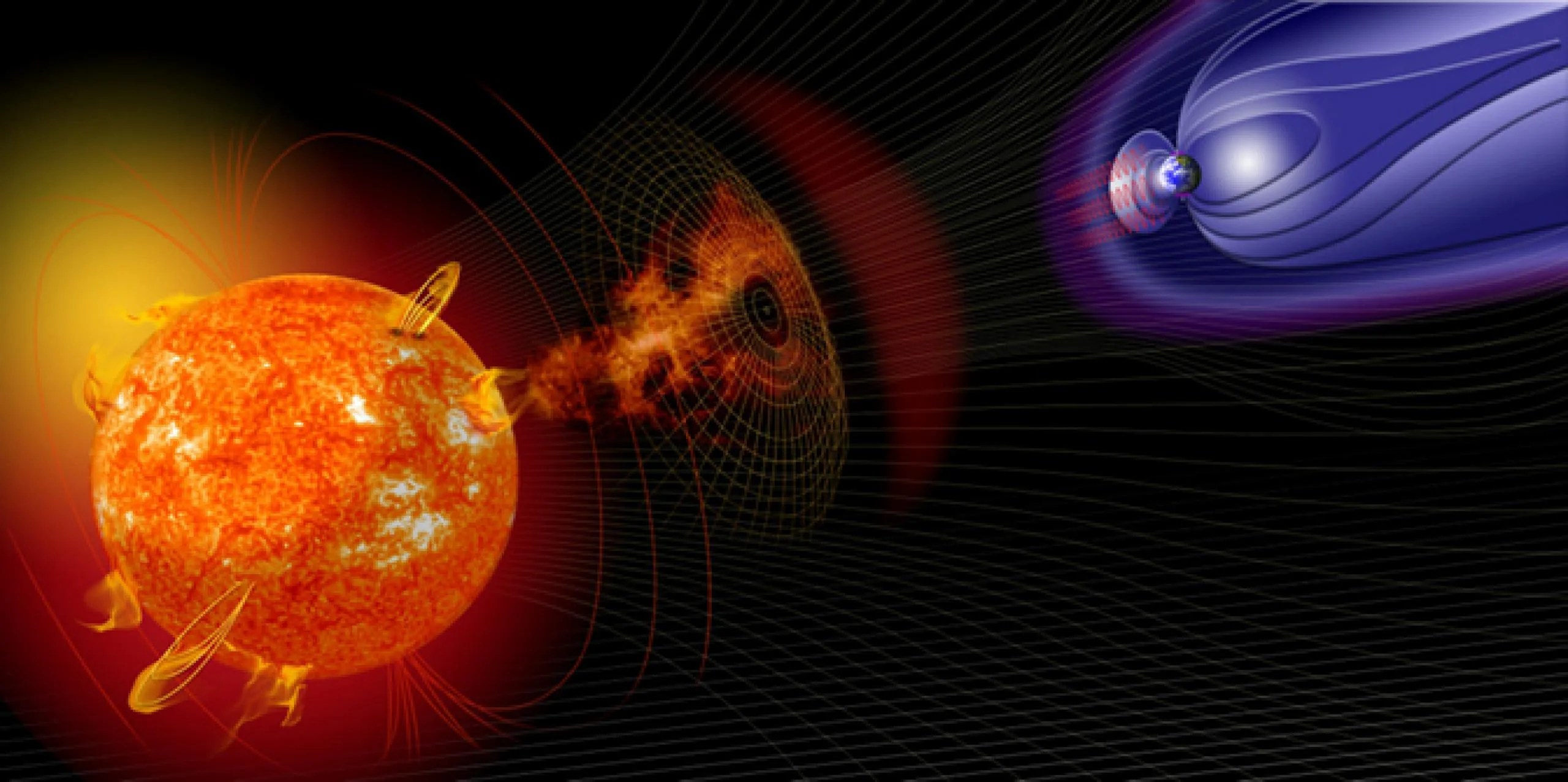Citizen Science
Citizen Science is a form of open collaboration in which individuals or organizations participate voluntarily in the scientific process. CS projects are science projects that rely on volunteers.
By engaging people throughout the country with software and technological tools, the Heliophysics Division (HPD) has a potentially transformative opportunity to solicit, receive, and track valuable data and other contributions from regional and lay scientists. Citizen Science is supported across the Science Mission Directorate and highlights contributions from citizen scientists to published papers.
Learn more about NASA resources supporting citizen science and Government-wide citizen science resources.
Innovation Initiative for 2023-2024: A Big Year for Heliophysics Citizen Science
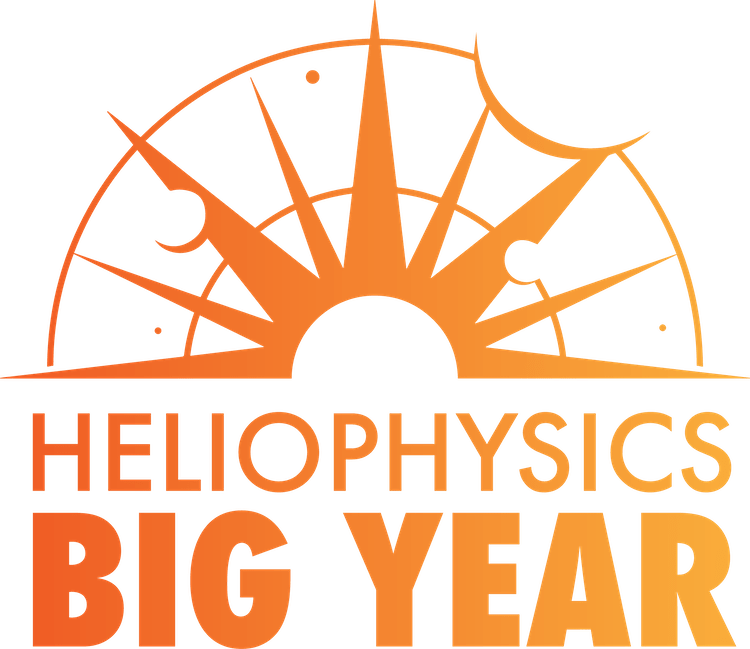
Heliophysics has a transformative opportunity between October 2023 and December 2024 when two solar eclipses will occur in North America near solar maximum and the Parker Solar Probe will make its closest approach to the Sun. Throughout this time, the public can engage their curiosity in these natural phenomena as a coupled system of the Sun, Earth, and heliosphere. These extraordinary research opportunities, coinciding with the increase of reach and scale of citizen science, set the stage for a Big Year for Heliophysics in 2024.
The Heliophysics Big Year ties together these major Heliophysics events to maximize participation in a coordinated incentivized citizen science campaign. The campaign borrows from the birding Big Year concept where birders vow to see as many species as possible within a specific geographic area in a given year. The Heliophysics Big Year will challenge members of the public who want to embark on a personal quest to be curious about Heliophysics, participate in monthly activities, and do Heliophysics citizen science.
From young explorers to heliophysicists read below to see how you can engage with Heliophysics Big Year.
Join Us
- Join a project
- These projects were established before 2018:
- SPD-33 paved the way for a growing portfolio of projects including:
- Projects anticipated to launch during the Heliophysics Big Year include:
- Adaptive Ionospheric Observations using dual frequency smart phones
- Citizen CATE 2024
- Dynamic Eclipse Broadcast Initiative
- Eclipse Soundscapes
- Evolving the North Dakota Dual Aurora Camera Project
- EZIE-Mag
- Eclipse Megamovie
- Sunsketcher
- The Sun touches everything, and we are celebrating the Big Year with projects hosted by Earth Science, Planetary, Astrophysics, and Biological and Physical Sciences
- Subscribe to the HBY community group, a public email list among citizen science project leaders and people in local communities who are facilitating knowledge sharing with the general public.
- To subscribe send a message to: hby-community-join@lists.nasa.gov with the word 'subscribe' in the subject or body (don't include the quotes)
Opportunities to Propose
- New projects: Apply for seed funding
- Existing projects: Medium-size opportunity – H-CSI in ROSES23
- Established Program to Stimulate Competitive Research EPSCoR, AI/ML partnering to broaden participation with existing citizen science projects
- Look for opportunities for Citizen Science in Mission AO’s, some examples are: SMEX22, DYNAMIC, and Vigil. (Program Officer for each AO would be the point of contact). Other missions in development including citizen science in Outreach include EZIE and SunRISE.
Activities
- Zines about the Heliophysics Big Year: a handy recruitment tool or fun mini-project - you decide!
- NASA Space Apps Challenge - Oct 7-8, 2023: a way that the whole world can share in the ways the Sun touches everything, register today and join the “Winning the Helio Big Year with Joy, Curiosity, and Science!” challenge team.
- The SCOPE Science Activation project from ASU is seeking subject matter experts (especially early career) to team up with citizen science projects to promote the Big Year
- Do NASA Science Live!, our ties to the incredible SciStarter platform and its Live webinars highlighting Big Year projects, Watch our latest recording and learn more about how you can help NASA when the sky goes dark!
- Tag your events and activities with #heliobigyear on social media, Science Near Me, NASA’s Eclipse Events page, and more
Coming soon
- Spotting Guide: how you and your family can keep track of Heliophysics phenomena and track your participation during the Big Year
- Solar Max campaign effort: how can citizen science and open science come together in a real-time campaign? Stay tuned to learn more about this partnering effort! (POC: Janet Kozyra)
Heliophysics Citizen Science Strategy
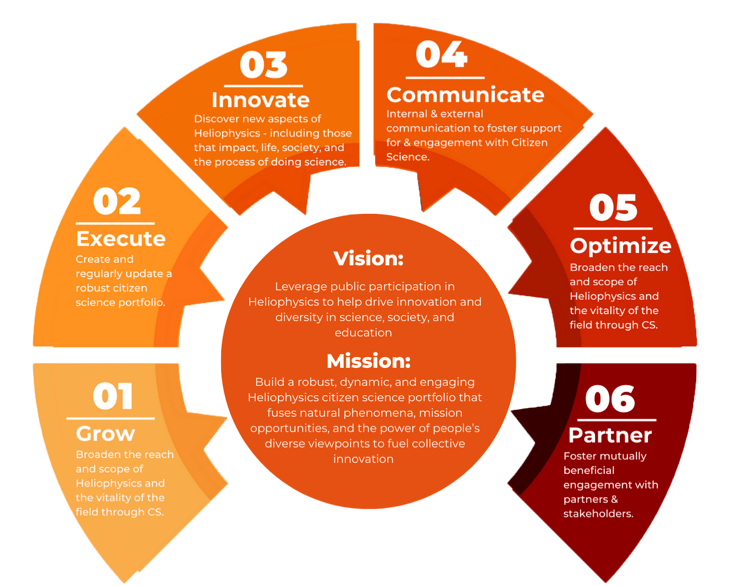
The Citizen Science Strategy was created by the HPD Citizen Science Working Group. It enables the continuing growth and success of Citizen Science in lockstep with its growing importance inside the Heliophysics community.
Our vision is to leverage public participation in Heliophysics to help drive innovation and diversity in science, society, and education.
Our mission will be to build a robust, dynamic, and engaging Heliophysics citizen science portfolio that fuses natural phenomena, mission opportunities, and the power of people’s diverse viewpoints to fuel collective innovation.
Heliophysics Citizen Science Contact Information
To get more information about Heliophysics Citizen Science, you can contact a member of the the HPD Citizen Science Working Group. If you have tie-ins, activities or ideas you would like to suggest for the Heliophysics Big Year, email us.
Lead: Elizabeth MacDonald
Deputy: Janet Kozyra
Team members:
Heliophysics Citizen Science Investigations (H-CSI) | |
Citizen Science Seed Funding Program (CSSFP) | |
Crowdsourcing | |
Chris Caisse | Ex Officio member |
Michael Cook | Ex Officio member |
Reiner Friedel | Ex Officio member |
The Sun
The sun is a dynamic star, made of super-hot ionized gas called plasma.
The sun's surface and atmosphere change continually, driven by the magnetic forces generated by this constantly-moving plasma. The sun releases energy in two ways: the usual flow of light that illuminates the Earth and makes life possible; but also in more violent and dramatic ways--it gives off bursts of light, particles, and magnetic fields that can have ripple effects all the way out to the solar system's magnetic edge.
Read More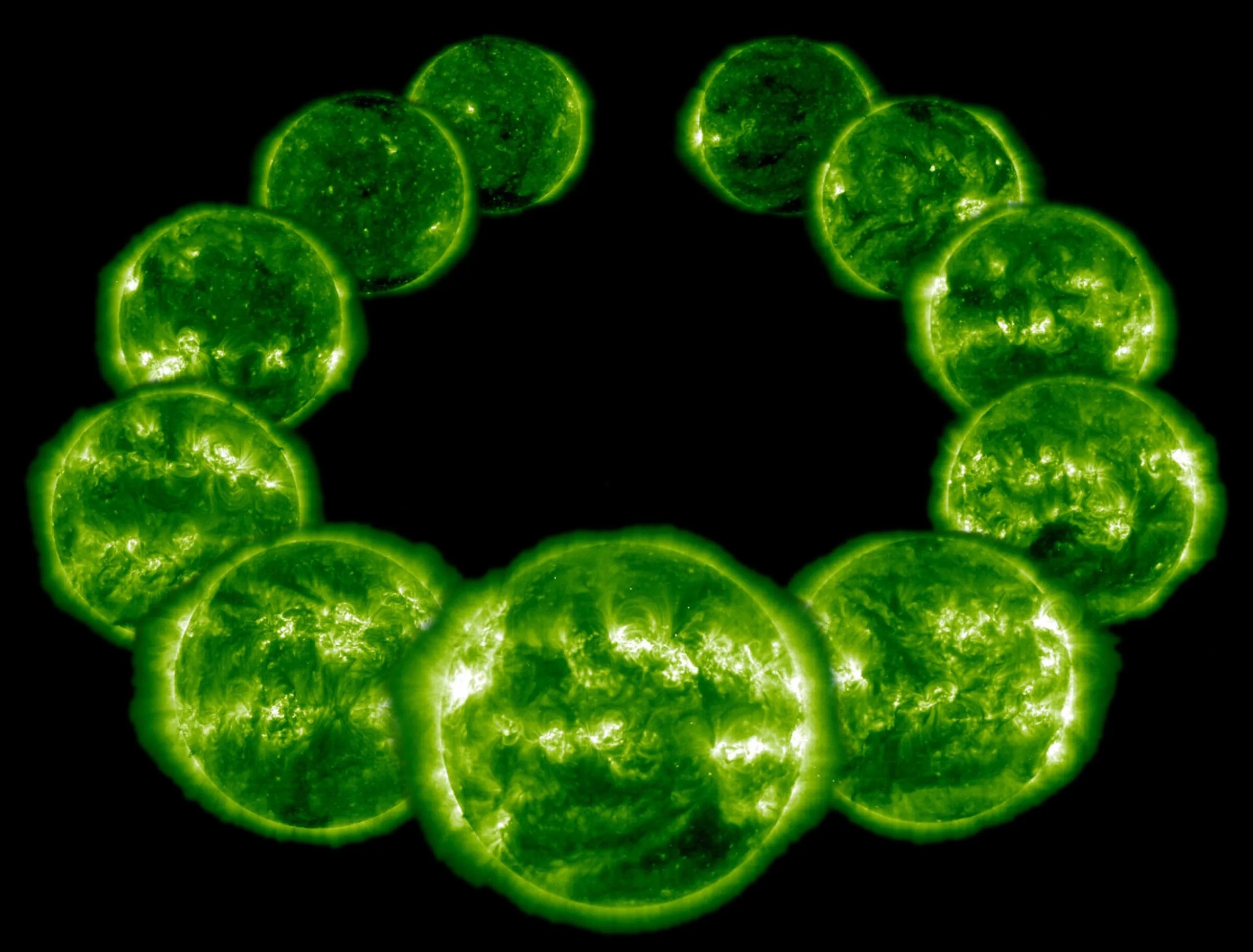
Magnetospheres
A magnetosphere is the region around a planet dominated by the planet's magnetic field.
Other planets in our solar system have magnetospheres, but Earth has the strongest one of all the rocky planets: Earth's magnetosphere is a vast, comet-shaped bubble, which has played a crucial role in our planet's habitability. Life on Earth initially developed and continues to be sustained under the protection of this magnetic environment.
Read More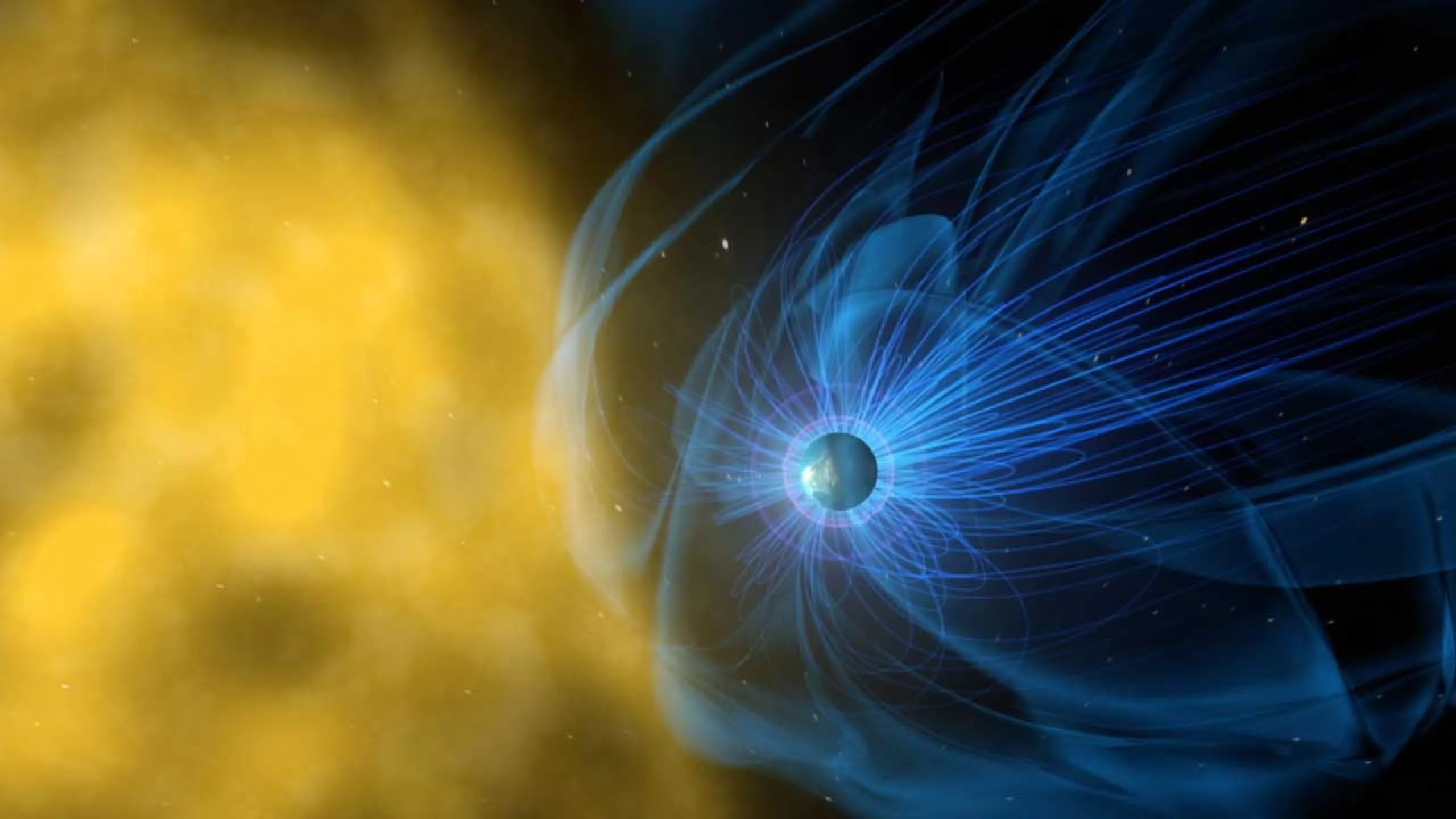
Space Weather
Though space is about a thousand times emptier than even the best laboratory vacuums on Earth, it’s not completely devoid of matter.
The sun’s constant outflow of solar wind fills space with a thin and tenuous wash of particles, fields, and plasma. This solar wind, along with other solar events like giant explosions called coronal mass ejections, influences the very nature of space and can interact with the magnetic systems of Earth and other worlds. Such effects also change the radiation environment through which our spacecraft – and, one day, our astronauts headed to Mars – travel.
Read More